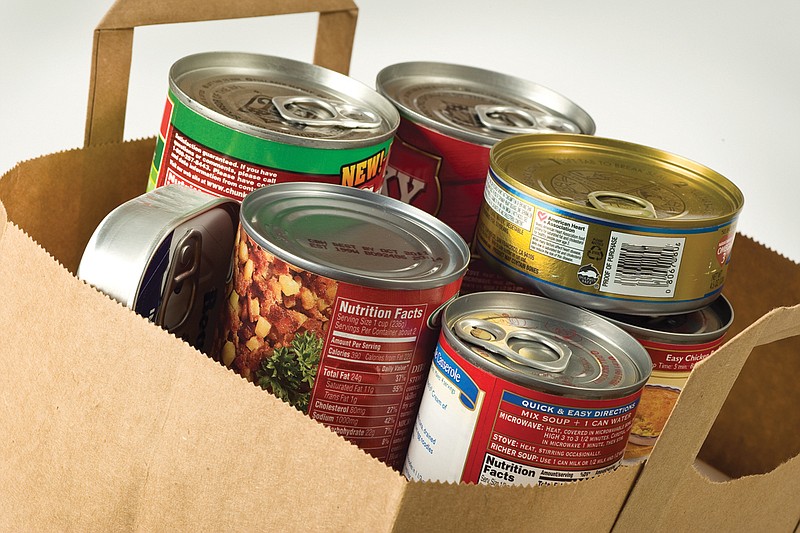The Food Bank for Central and Northeast Missouri has shipped more than 28.7 million pounds of food to its partner agencies in 2013, topping a record set in 2011.
The Food Bank, located in Columbia, provides food and personal items to 130 partner agencies in 32 regional counties, including Cole County. The agency serves 110,000 clients each month.
Peggy Kirkpatrick, executive director of the Food Bank, said the record is significant because it shows the need for food is real and growing quickly.
"We cannot do this without our partners - those who give their time and resources," Kirkpatrick said.
According to Food Bank figures, one in five people in central and northeast Missouri is considered food-insecure, meaning they don't know where they will get their next meal.
"As we climb toward setting a new benchmark for emergency food delivery this year, more than ever we need your partnership, donations, resources and volunteer time," Kirkpatrick said.
The Samaritan Center, one of the Food Bank's partner agencies, has also had an increased demand for food and services.
"We're helping 1,462 families a month and we're expecting up to 1,600 in November because of Thanksgiving," said Marylyn DeFeo, volunteer executive director of the Samaritan Center. "We have so many people that come in the door in a week's time. So, trying to keep it (food) in-house is kind of a challenge right now."
DeFeo said she thinks the demand is due in part to the economy.
"There just aren't enough 40-hour weeks," she said. "People are working 20-hour weeks and not making it (money)."
Cynthia Quetsch, mission chairwoman of the food pantry at First Presbyterian Church of Jefferson City, agrees that the economy is a big factor.
"I'm thinking we're touching about 85 people a month," she said. "About 10 years ago it was about 20 (people) a month. Last year, I think was the big increase."
She said there was an increased demand for the summer lunch program, Food for Kids. The program served more than 120 kids daily, compared to the usual 100 kids.
"I know the economy has an impact, but I also think there's just more awareness of the program," Quetsch said.

